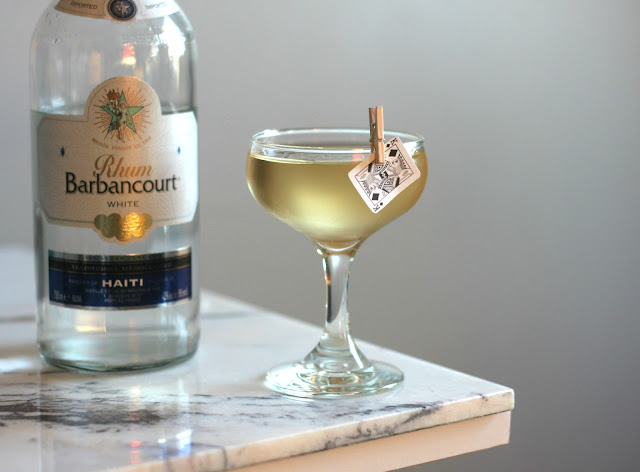After finally feeling like I have a bit of a handle on the different varieties of gin and whiskey, I'm trying to learn more about rum.
My Bar School post about rum is really quite basic, and if I was to write an updated one, I would structure it differently. I've learned that the most important way to separate varieties of rum is by geography and the sugar source you start with. As different regions tend to have their own styles, these two things go hand in hand, and you can use one to infer the other. They can tell you a lot about how a rum is going to taste.
I used to think there were too many countries producing rum to learn what all of the different varieties were like, but it can be quickly simplified if you know whether the country in question was previously a Spanish, English, or French colony. The Spanish style of rum, produced in places like Cuba, Puerto Rico, and Panama, is a lighter style made from molasses. Former British colonies such as Jamaica and Guyana use molasses or Demerara sugar as a base, and create darker, heavier, spicier rums. And former French colonies like Haiti and Martinique use sugar cane juice, producing dry, grassy rums.*
This French style of rum is known as Rhum Agricole, and it's mentioned specifically in many recipes because of its distinctive flavor. Many of the best brands come from Martinique, which is the only producer to have a specific designation ("Appellation de Origine Contrôlée") for its rhum agricole. But other countries do produce a similar style without the same official standards. I was happy to learn that Barbancourt, a brand from Haiti, is also an agricole-style rum. It's quite affordable ($20) and easy to find. I picked up a bottle of Barbancourt White, which the Death & Co cocktail book recommends as an option for a less vegetal-tasting agricole that's still got it's signature sharp, tangy flavor. It's quite good, and very different from the molasses-based white rums I've usually purchased in the past.
I was so enchanted by the specific flavor of the Barbancourt that I really wanted a spirit-forward cocktail that would put it front and center. I kind of wanted a rum martini, but I wasn't sure if that would work. But I remembered a great drink I had at Loyal Nine that was basically exactly that (going back to look at the menu, it was the Georgetown Club), so I knew it could be done. I used Lillet instead of vermouth, which I thought might help smooth out the sharp edges of the rum. A dash of grapefruit bitters and a lemon twist tied it all together. It was exactly what I wanted.
The color of this cocktail is a beautiful pale yellow, and this name just sprung into my mind. It's an homage to the novel by David Foster Wallace, which I freely admit I haven't read.
*If you want a great guide to rum basics, check out Inu a Kena's Rum 101, which does a great job of breaking down all this and more. It also has more information on each individual producer's style.
Pale King
2 1/2 oz. white rhum agricole (I used Barbancourt White)1 oz. Lillet Blanc
1 dash grapefruit bitters (I used Scrappy's)
Combine all ingredients in a mixing glass with ice. Stir until well chilled. Strain into a coupe glass and garnish with a lemon twist: expel the oils and rub the peel around the sides of the glass, then discard.






No comments:
Post a Comment